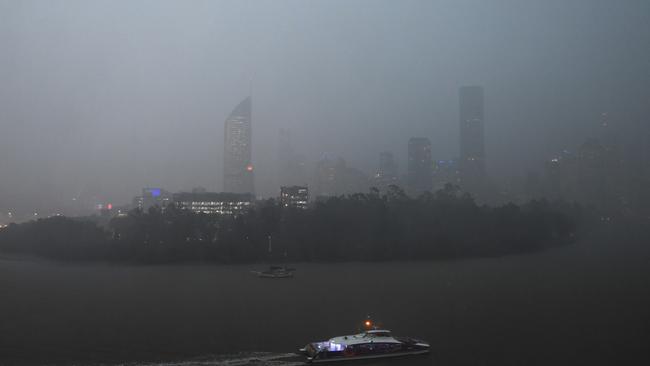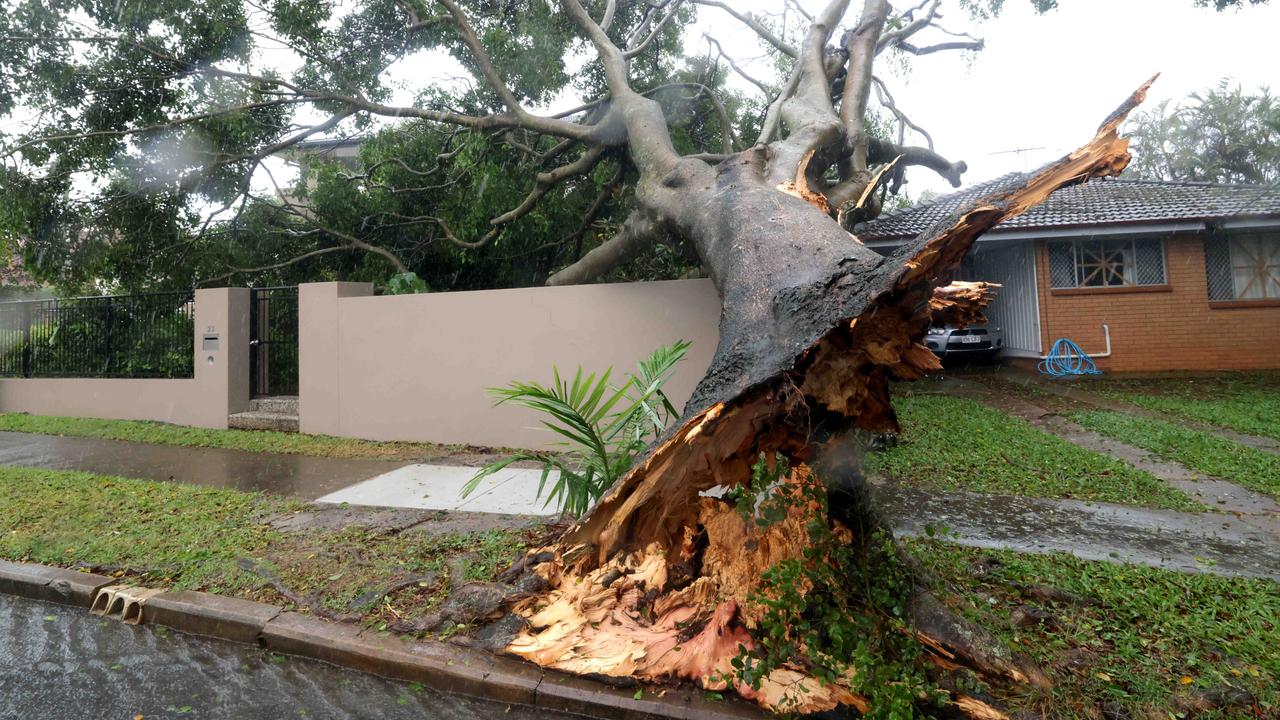Psychiatrists reveal truth about South East Queensland’s lack of sunshine and seasonal affective disorder
Could you be suffering from seasonal affective disorder due to the recent lack of sunshine across South East Queensland? Psychiatrists reveal the truth.

QLD weather news
Don't miss out on the headlines from QLD weather news. Followed categories will be added to My News.
Queenslanders who think they are suffering from seasonal affective disorder (SAD) due to the recent lack of sunshine are unlikely to have the mental health disorder, psychiatrists reveal.
The Courier-Mail reported this week that South East Queensland has averaged just 3.1 hours of sunshine a day for the entire month of May.
A Royal Australian and New Zealand College of Psychiatrists spokesman says the state is getting enough hours of daylight and glimpses of sun to stave off the mood disorder.
He said Queenslanders are more likely to simply be fed up with the chain of unfortunate events that have hit recently.
“The pandemic, floods, the flu, never ending rain, it’s just a culmination of challenging events,” the psychiatrist said.

The lack of sunshine in the southeast is comparable with Torshavn in Denmark, which on average only gets four hours of sun a day, and Ushuaia in Argentina which averages 3.4 hours.
Though it pales in comparison to Barrow in Alaska which gets an average of 1.2 hours and Dikson in Russia which gets less than an hour.
“It’s more about hours of daylight. Some countries are in the dark the most part of the day in winter,” the spokesman said.
“We don’t see that. While the majority of Queenslanders will cope well with the lack of sunshine there may be some who do feel climate anxiety.”
While it’s more common in cold climate areas in the Northern Hemisphere, SAD can impact people in some areas of Australia, although it’s rare — with one in 300 Australians impacted.
The RANZCP acknowledges that natural disasters and extreme weather events, including those linked to climate change, can lead to a wide range of adverse health effects.
This includes mental health problems and mental disorders, health risk behaviours and effects on other social and behavioural domains, health perceptions and physical health.
However, most people show resilience and recover well.


